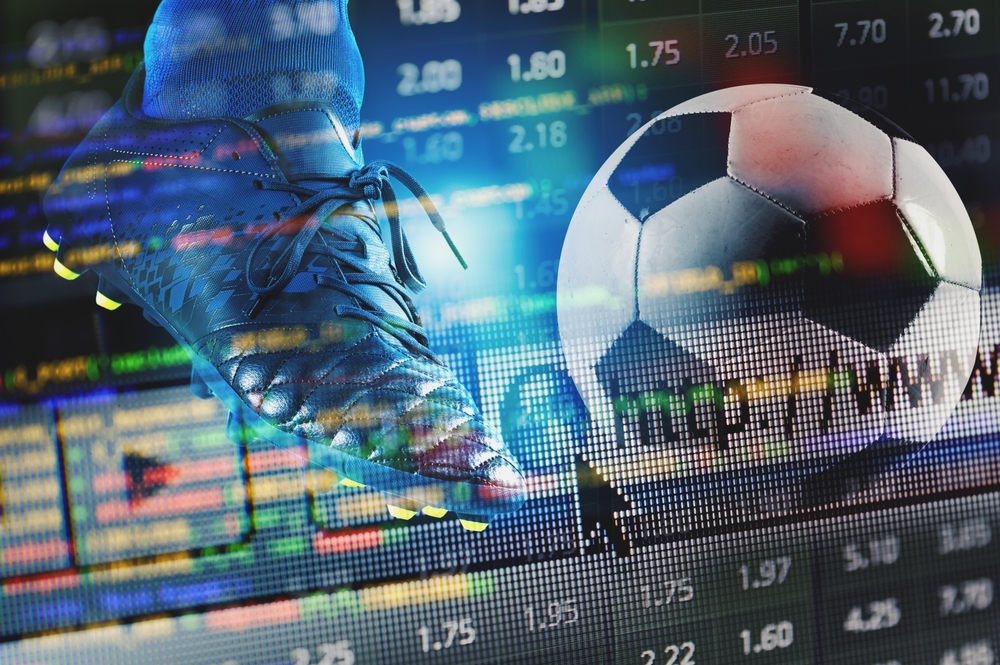
Over the past ten years, the sports world has gone through a change well beyond the estimates of performance on the playing field. The sports world relied on instinct, experience, and physical training. Now the sports world relies on data with countless predictions and innovative technology. The applications of this change are artificial intelligence (AI), where people use it to change how athletes train, how teams implement strategies, and even how fans interact with the game itself. AI can be used for many things, like sports analytics or injury prevention.
We will look at how AI in sports analytics will make smarter strategies, better performance, injury prevention and help push the limits of what athletes and teams find possible.
Sports have always been a combination of skill, strategy, and spirit. Generally, coaches have used their instincts to evaluate players and opponents. They have used video to design their strategy, and a host of basic statistics to get an idea of the outcome. Coaches had a sometimes limited perspective when using both small data and video. Now there is big data, tracking, and real-time analytical views of a complex array of millions of data points per game.
This is where AI in sports comes into play. AI systems can work through the mass of data faster and more thoroughly than a human. Whether it's player fatigue predictions, setting a training schedule, or devising the in-game strategies the day before, AI-enabled sports analytics provides a clear understanding, almost unheard of 10 years ago.
Machine learning is one of the most powerful forms of technology behind this transformation. By using previous game data to train algorithms, teams are immediately able to see trends and predict outcomes with a great degree of accuracy. The following examples are noteworthy:
In summary, machine learning changes raw statistics into actionable reports that can directly influence decisions on game day.
Every athlete is an individual. Traditional training regimes, based upon population averages, are often optimised for performance. AI in sport, and specifically in athletic performance, is changing that dynamic by forging a unique training programme for the physiology, style, and fitness of the player.
For example:
Wearable technology combined with AI sports performance analytics provides information about an athlete’s heart rate, oxygen levels, muscle fatigue, sleep, etc, enabling the athlete’s coach to track how the body responds to different amounts of work.
Moreover, AI sports technology can model a range of scenarios that can mentally and physically support the player in high-stakes moments.
This level of customisation, while supported by data, is a major shift in how athletes prepare; it means that if training sessions are individually tailored, whatever is practised is making a meaningful contribution to the long-term athletic goals.
In addition, not only do athletes have individual feedback, but players receive personal recommendations for how hard they should train. They will be encouraged to train smarter - not just harder thereby decreasing the likelihood of burnout while being able to provide a peak performance when required.
Although there are many use cases for AI in sports technology, one of the most exciting may be injury reduction. Injuries are costly—not just monetarily but emotionally and physically—for athletes and their teams. As we see AI used more and more to learn about an athlete's bodily dynamics, systems can be built to help mitigate injuries and even give predictions as to when they might happen, before it is too late!
Though AI is an emerging field, professional sports clubs like Manchester City and NBA clubs are investing heavily now into the prevention of injuries, for even a modest reduction in injuries can alter the direction of a season.
No longer do strategies solely rely on a coach’s ‘feel’ for the game. Don’t think of AI Sports Strategy to give players orders without thinking. The future of sports strategy is data-driven.
This has put some teams on a more level playing field. This means smaller teams with low budgets can compete with bigger clubs by using AI driven decisions instead of monetary brawn.
Artificial Intelligence in sports is reshaping more than just performance and strategy. The AI-driven technology is reshaping broadcasting and fan engagement. It is also changing management in sports.
The blend of AI ensures every person involved—from the players to the fans—can leverage advances in technology.
AI in sports analytics is a real occurrence today in a variety of sports:
These examples demonstrate the multi-faceted applications of AI-enabled analytics across a range of sport types.
Although the future of AI in sport is encouraging, there are still some hurdles to navigate:
These are important points to consider, making sure artificial intelligence in sports serves as an empowerment tool, not an exclusion tool.
Moving forward, the potential for AI in sports analysis and sports performance optimization is virtually endless:
Ultimately, sports performance analytics for AI systems will be commonplace - not a desirable luxury - for both professional and recreational sport.
The use of artificial intelligence in sport is more than a technology story – it is a game-changing circumstance changing the way athletes prepare, teams compete and fans enjoy the game. The effects of artificial intelligence can be vast, from machine learning in sports that unlocks new insights to AI sports strategy that redefines competition.
As technology continues to develop, the relationship between human capability and AI-enhanced sporting analytics will improve, leading towards a future of peak athlete performance, reduced risk of injury, evolved tactics, and a user experience for fans like never before.
The msage is straightforward - artificial intelligence in sport is not only creating the future, but also the future.
We are here to assist with your questions. Write us a message, and we will get back to you shortly.